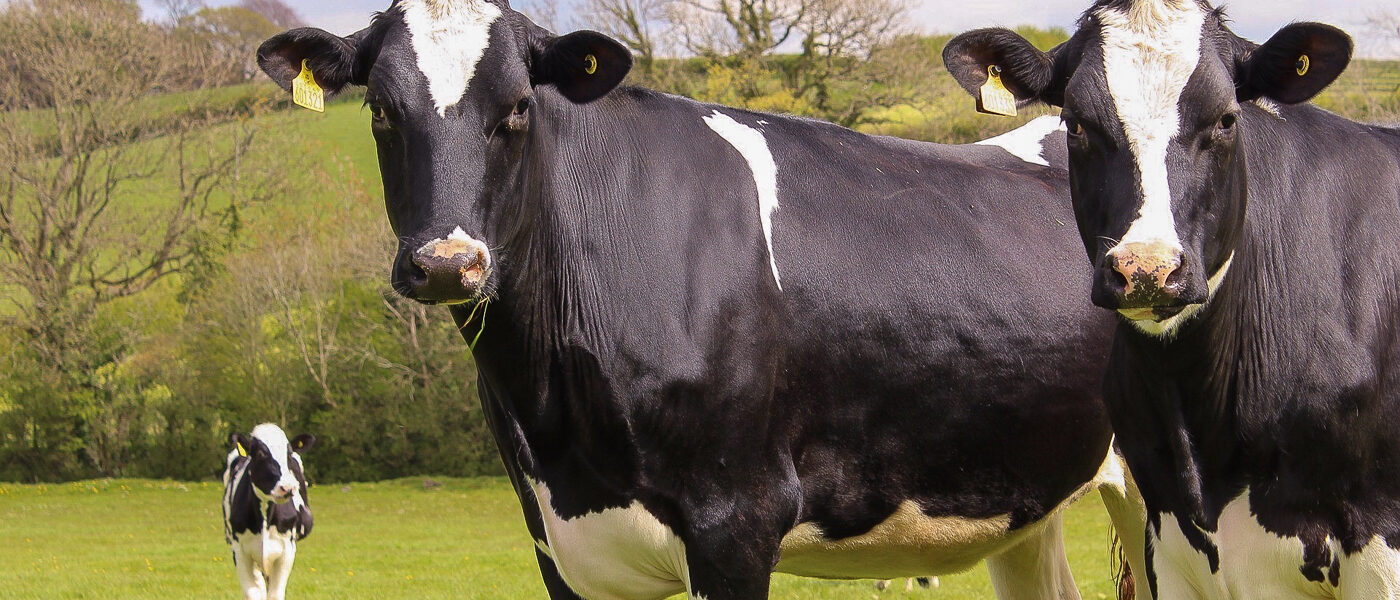
Dry-off allows dairy cows a break to recover from the trials of calving and lactation. When they do not have a sufficient dry period, this may come at a cost to cow condition at calving, which in turn has many significant knock-on effects on productivity for next season and beyond.
One of the main negative knock-on effects will be seen in the reproductive performance of your herd. Thinner cows at calving start cycling later, and they are less likely to have a premating heat which also means six-week in-calf rate is likely to be lower.
These effects will be more significant in the herd’s younger cows, particularly the first and second calvers. Quite often it is the second calvers that perform badly at mating time, struggling to be submitted in the first three weeks and then, as a group, having higher empty rates within the herd. Looking back at Body Condition Score (BCS) records for this group will often confirm that these girls are struggling to hit the BCS targets at crucial times of the year. There is evidence that this group of cows is also more at risk of mastitis and uterine infections in early lactation if they are not hitting BCS targets at calving.
Increasing BCS at calving increases milk production, with milk solids increasing with increasing BCS. The greatest gains are made when lifting the BCS of cows with lower BCS scores. For example, this can be around 17kg milk solids/cow if lifting BCS at calving from three to four. This increase in milk production in the spring should balance out the loss from drying off cows earlier in the autumn.
Hopefully, you can see it is really important to consider when to dry off to ensure there is enough time to hit BCS targets at calving (i.e. BCS five for mixed-aged cows and BCS five-and-a-half for first and second calvers).
A mature cow at BCS four will need approximately 80 days to increase her BCS to five (fed on autumn pasture and high-quality supplement feed fed above maintenance). This is taking into account the 10 days after dry off when she is not gaining body condition and the 30 days before calving when she does not gain body condition because of the high energy cost of pregnancy.
A second calver needs to be at BCS five at 60 days before calving in order to hit BCS five-and-a-half at calving. So, if she is at BCS four, she needs approximately 100 days to increase her BCS to five-and-a-half at calving (fed on autumn pasture and high-quality supplement feed fed above maintenance).
Body Condition Scoring is a valuable tool which should, ideally, be employed on the whole herd in early autumn to help with drying-off decisions. Please get in touch with your Vetlife Clinic to discuss individual cow BCS by a Certified BCS Assessor.